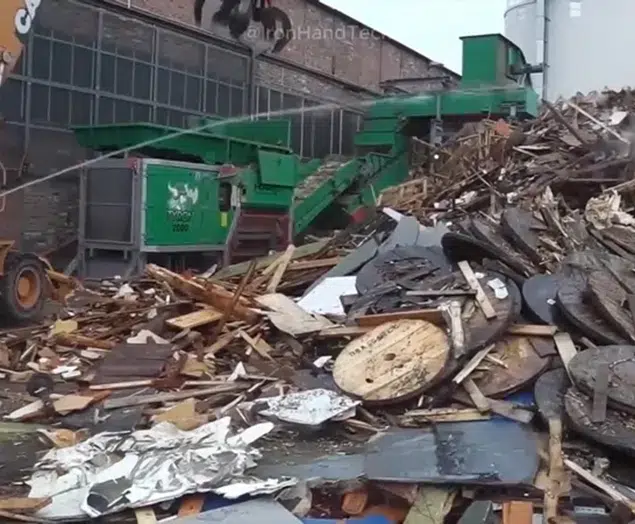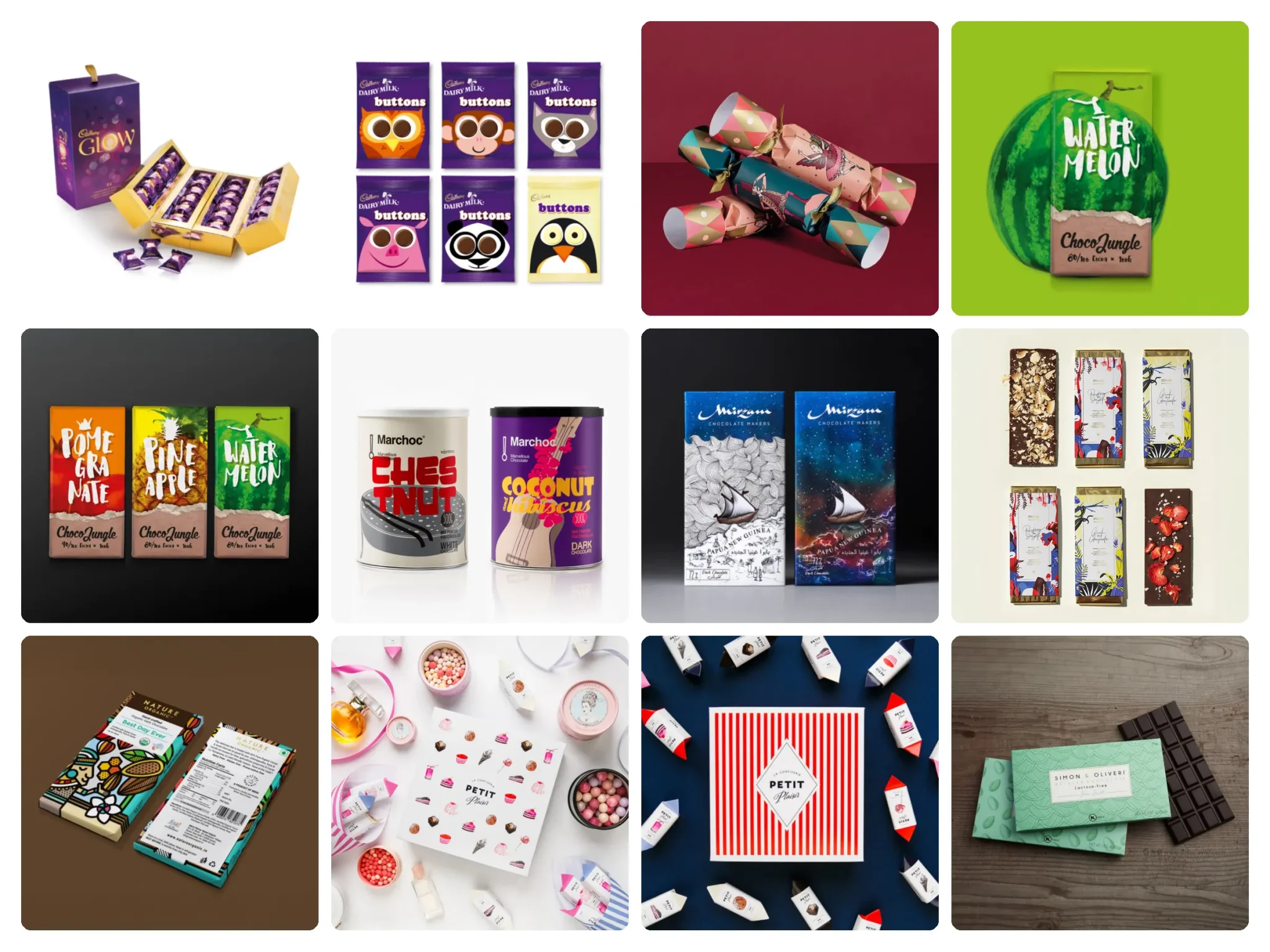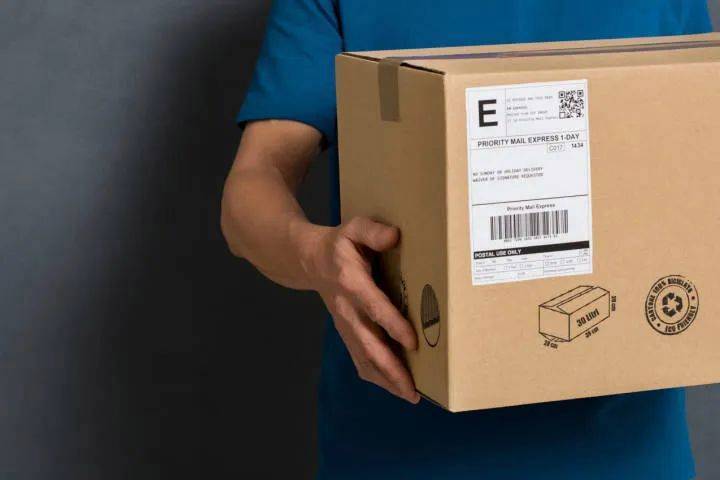How To Choose Best Packaging Materials For Shipping Your Product
When it comes to shipping products, selecting the right packaging materials is crucial to ensure your items arrive safely at their intended destination. Damaged products during transit not only lead to a loss of revenue but also negatively impact your company’s reputation. There are a variety of packaging materials to choose from, each with its advantages and disadvantages. In this comprehensive guide, we will look at the best packaging materials for shipping your products, considering factors such as material properties, product specifications, and shipping requirements.
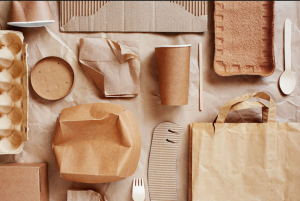
Packaging Materials For Shipping Your Product
Bubble Wrap
Bubble wrap is a popular choice for packaging materials due to its cushioning properties. Its air-filled bubbles provide protection against shock, vibration, and impact during transit. Bubble wrap comes in different bubble sizes, ranging from small to large, to cater to various product sizes and fragilities. It is also lightweight, which makes it ideal for shipments where the shipping cost is a concern. The only downside to bubble wrap is that it can be expensive if you need to package large products or purchase them regularly.
Foam Packaging
Foam packaging is one of the best materials for shipping delicate or fragile items that require significant shock absorption. Foam inserts or blocks provide the necessary cushioning to protect items from impact and vibration during transit. They also support the weight of the products, preventing them from shifting during shipping. However, foam packaging can be cumbersome and comes in different densities. Choosing the incorrect foam density may result in inadequate product protection.
Corrugated Boxes
Corrugated boxes are versatile and widely used packaging materials due to their durability and affordability. They come in various sizes and strengths to cater to different shipping requirements. For instance, a double-wall corrugated box is an excellent option if you need to transport heavy items. Corrugated boxes also provide adequate protection against external elements such as moisture and dust. Once used, corrugated boxes are also recyclable, making them an environmentally friendly packaging option.
Air Pillows
Air pillows are convenient, lightweight, and versatile packaging materials. They are easy to use and come in various sizes that can be inflated to the desired size. Air pillows protect the product from impact and vibrations during transit. They can also fill out the empty spaces in packages, ensuring the products are well supported. If you need to package odd-shaped or irregular items, air pillows can be an excellent alternative to bubble wrap or foam packaging.
Packing Peanuts
Packing peanuts are another popular choice for shipping materials. They are lightweight and can be an economical option for packaging bulky and lightweight items. Packing peanuts can also be poured into different parts of the package, filling the void spaces while providing the necessary cushioning to protect the product. The only downside to packing peanuts is that they can be messy, and some people find them challenging to dispose of sustainably.
Stretch Wrap
Stretch wrap is a flexible material used for wrapping products to secure them during transit. It is made of plastic and is ideal for palletized shipments or containers. Stretch wrap protects products from external factors such as dust, moisture, and dirt. It is an effective solution for holding loose items in place without the need for adhesives or tapes. However, caution should be taken to avoid overstretching the wrap, as this could cause it to tear or not offer enough protection.
Insulated Shipping Containers
If you are shipping temperature-sensitive products, insulated shipping containers are the best solution. They come with insulating material such as foam or polystyrene, which helps keep the products at the required temperature during transit. Insulated containers are available in different sizes and shapes and can cater to various shipping needs. They are also useful when shipping products in regions with extreme temperatures, ensuring the products remain in their desired state.
How To Choose Packaging Materials For Shipping Your Product
When it comes to choosing packaging materials for shipping your products, there are several factors that you need to consider. The following are some of the most critical factors to consider when choosing the best packaging materials for shipping your product:
- Product Specification:
The first and most crucial factor to consider is the product specification. The packaging material you choose should correspond to the weight, shape, and fragility of the product. The material should also provide adequate cushioning to absorb shock during transit. - Shipping Distance and Environment:
The distance the product will travel and the environment it will pass through during transit should also influence your packaging material choices. A more extended shipping distance may require stronger packaging materials such as corrugated boxes or foam packaging, while shipping through challenging environments may require temperature-controlled packaging to maintain product quality. - Cost-Effectiveness:
The packaging materials you choose should be cost-effective while still providing adequate protection for your product. Consider the cost of purchasing, storing, and shipping the packaging material to ensure it fits within your budget. - Brand Image:
Your packaging material can also influence your brand image. Choose packaging materials that reflect your brand identity and communicate to your customers that you have taken care to protect your product during transit. - Environmental considerations:
The environmental impact of your packaging materials should also be considered. Choose materials that are recyclable and biodegradable to minimize your environmental impact. You can also consider using eco-friendly packaging materials such as cornstarch-based packing peanuts, recycled paper, and biodegradable shipping envelopes.
By considering these factors, you can select the best packaging materials that meet your product requirements while still staying within your budget and making a positive impact on the environment. It is also essential to choose appropriate sizes and thicknesses that can support and protect your product during transit.


Top 10 Creative Cosmetic Packaging Design Ideas & illustrations 2023 | Luxury-Paper-Box.Com
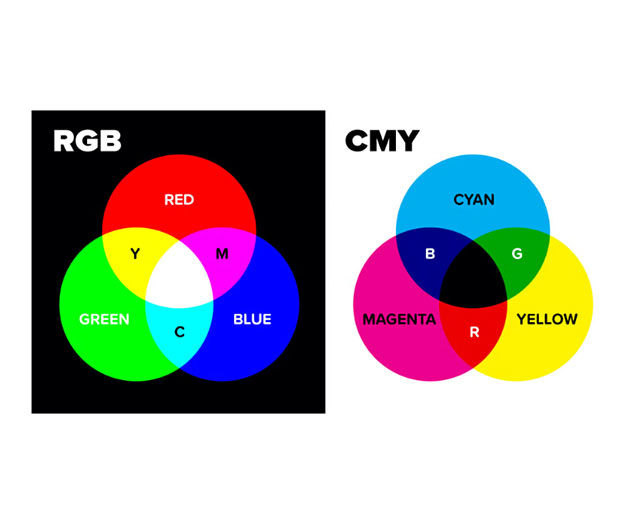
What Is the Difference Between RGB and CMYK







